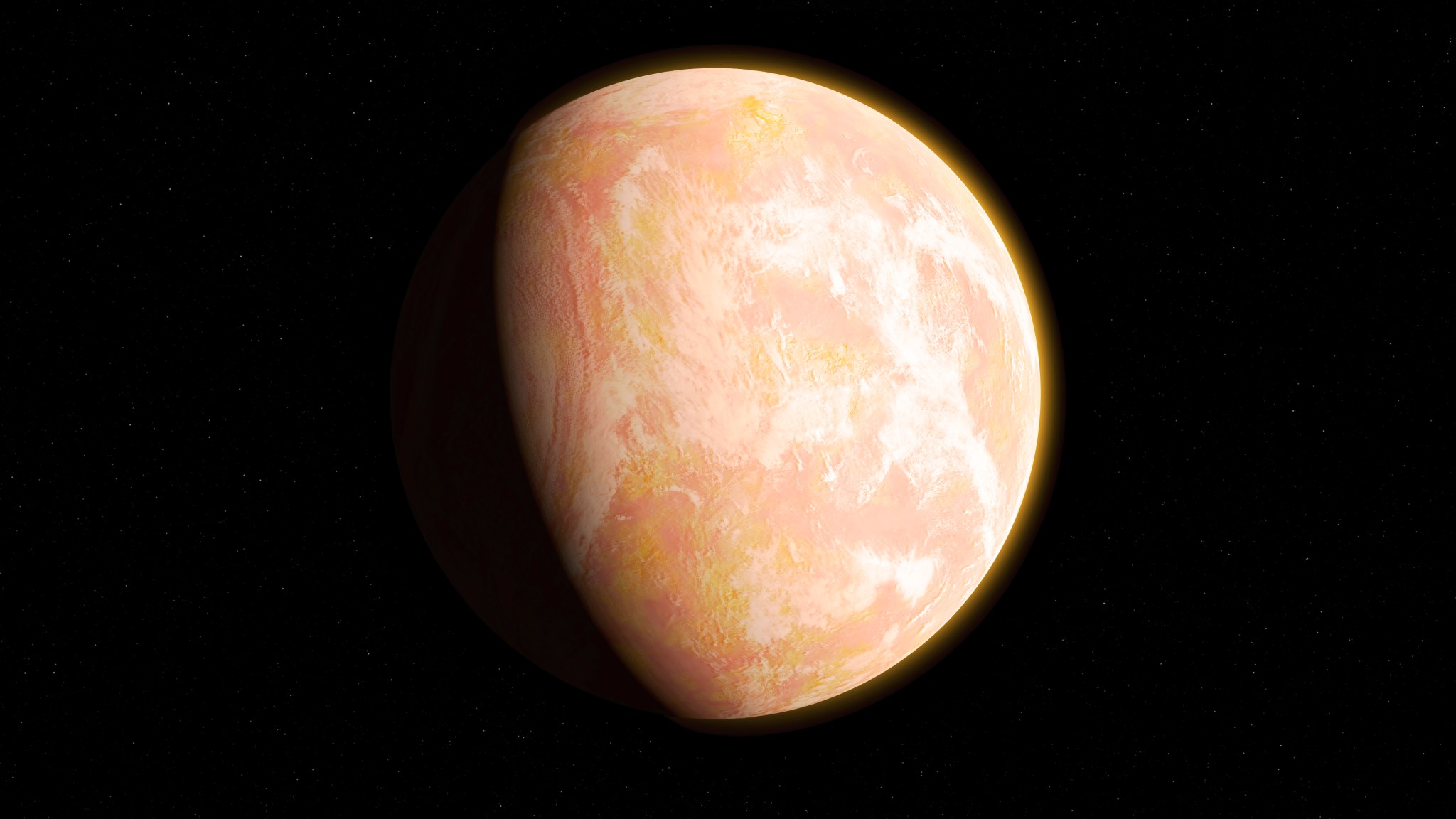For astronomers trying to understand which distant planets might have habitable conditions, the role of atmospheric haze has been hazy. To help sort it out, a team of researchers has been looking to Earth – specifically Earth during the Archean era, an epic 1-1/2-billion-year period early in our planet’s history.
Earth’s atmosphere seems to have been quite different then, probably with little available oxygen but high levels of methane, ammonia and other organic chemicals. Geological evidence suggests that haze might have come and gone sporadically from the Archean atmosphere – and researchers aren’t quite sure why. The team reasoned that a better understanding of haze formation during the Archean era might help inform studies of hazy earthlike exoplanets.
“We like to say that Archean Earth is the most alien planet we have geochemical data for,” said Giada Arney of NASA’s Goddard Spaceflight Center in Greenbelt, Maryland, and a member of the NASA Astrobiology Institute’s Virtual Planetary Laboratory based at the University of Washington, Seattle. Arney is the lead author of two related papers published by the team.

In the best case, haze in a planet’s atmosphere could serve up a smorgasbord of carbon-rich, or organic, molecules that could be transformed by chemical reactions into precursor molecules for life. Haze also might screen out much of the harmful UV radiation that can break down DNA.
In the worst case, haze could become so thick that very little light gets through. In this situation, the surface might get so cold it freezes completely. If a very thick haze occurred on Archean Earth, it might have had a profound effect, because when the era began roughly four billion years ago, the sun was fainter, emitting perhaps 80 percent of the light that it does now.
Arney and her colleagues put together sophisticated computer modeling to look at how haze affected the surface temperature of Archean Earth and, in turn, how the temperature influenced the chemistry in the atmosphere.
The new modeling indicates that as the haze got thicker, less sunlight would have gotten through, inhibiting the types of sunlight-driven chemical reactions needed to form more haze. This would lead to the shutdown of haze-formation chemistry, preventing the planet from undergoing runaway glaciation due to a very thick haze.
The team calls this self-limiting haze, and their work is the first to make the case that this is what occurred on Archean Earth – a finding published in the November 2016 issue of the journal Astrobiology. The researchers concluded that self-limiting haze could have cooled Archean Earth by about 36 degrees Fahrenheit (20 Kelvins) – enough to make a difference but not to freeze the surface completely.
“Our modeling suggests that a planet like hazy Archean Earth orbiting a star like the young sun would be cold,” said Shawn Domagal-Goldman, a Goddard scientist and a member of the Virtual Planetary Laboratory. “But we’re saying it would be cold like the Yukon in winter, not cold like modern-day Mars.”
Such a planet might be considered habitable, even if the mean global temperature is below freezing, as long as there is some liquid water on the surface.
In subsequent modeling, Arney and her colleagues looked at the effects of haze on planets that are like Archean Earth but orbiting several kinds of stars.
“The parent star controls whether a haze is more likely to form, and that haze can have multiple impacts on a planet’s habitability,” said co-author Victoria Meadows, the principal investigator for the Virtual Planetary Laboratory and an astronomy professor at the University of Washington.
It looks as if the Archean Earth hit a sweet spot where the haze served as a sunscreen layer for the planet. If the sun had been a bit warmer, as it is today, the modeling suggests the haze particles would have been larger – a result of temperature feedbacks influencing the chemistry – and would have formed more efficiently, but still would have offered some sun protection.
The same wasn’t true in all cases. The modeling showed that some stars produce so much UV radiation that haze cannot form. Haze did not cool planets orbiting all types of stars equally, either, according to the team’s results. Dim stars, such as M dwarfs, emit most of their energy at wavelengths that pass right through atmospheric haze; in the simulations, these planets experience little cooling from haze, so they benefit from haze’s UV shielding without a major drop in temperature.
For the right kind of star, though, the presence of haze in a planet’s atmosphere could help flag that world as a good candidate for closer study. The team’s simulations indicated that, for some instruments planned for future space telescopes, the spectral signature of haze would appear stronger than the signatures for some atmospheric gases, such as methane. These findings are available in the Astrophysical Journal as of Feb. 8, 2017.
“Haze may turn out to be very helpful as we try to narrow down which exoplanets are the most promising for habitability,” said Arney.
For more information about the NASA Astrobiology Institute, visit https://nai.nasa.gov/



























